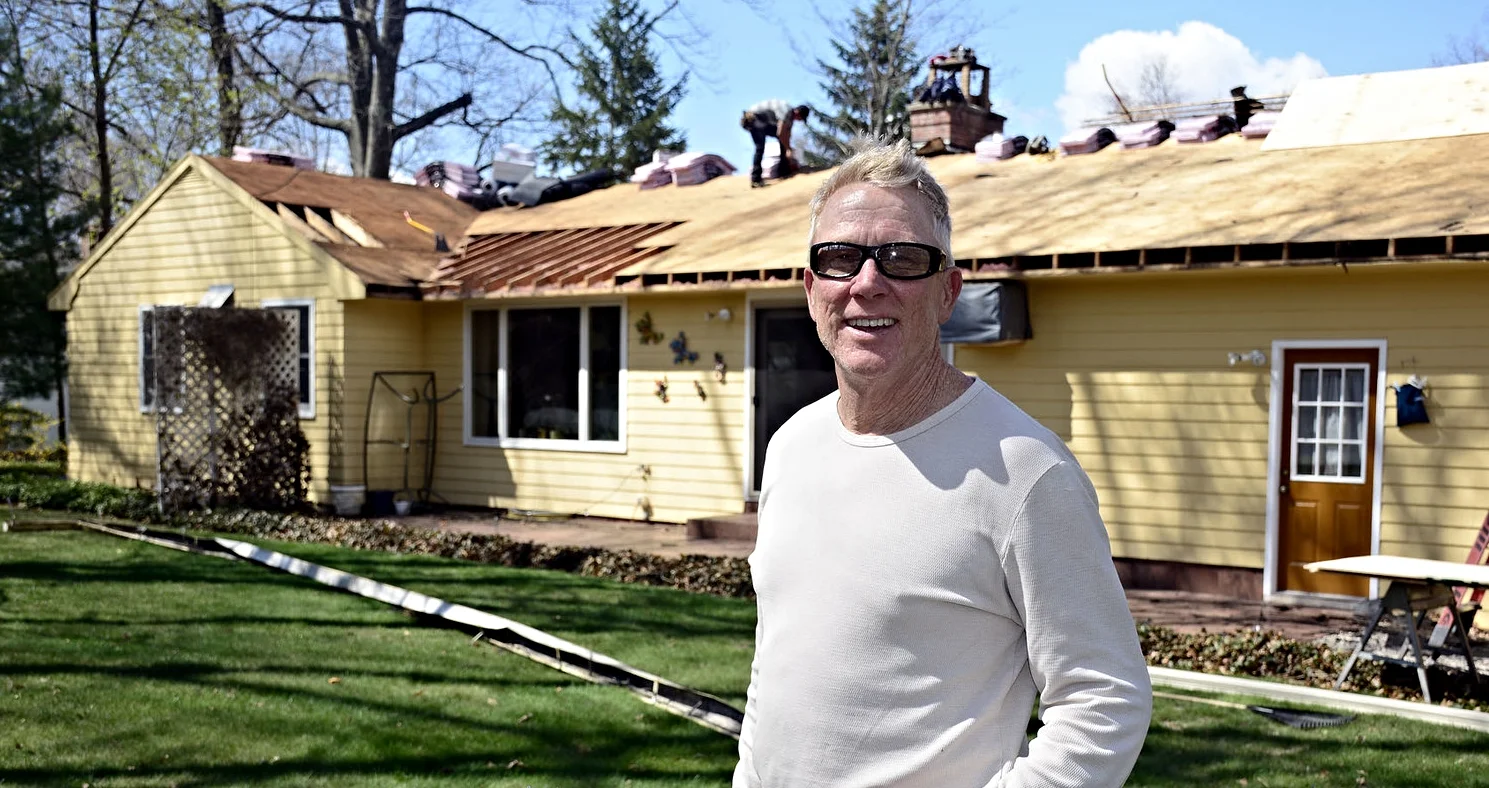A Roof and Gutter Inspection Checklist for Spring
Chelsea O'Donnell
After a long New England winter, your roof and gutters deserve a little TLC. Spring is the perfect time to inspect for any damage left behind by winter and prep your home for the warmer season ahead. Here’s a simple 10-step checklist to help you spring into action because a quick, proactive check now can save you serious money and headaches down the road.
1. Safety First. Start smart. Use a sturdy ladder on flat ground, wear shoes with good traction, and don’t go it alone. If your roof is steep or high, consider a safety harness or call in a pro.
2. Ground-Level Walkaround. Before climbing anything, take a walk around your home. Look up and scan for missing or damaged shingles, sagging rooflines, or any debris buildup from winter storms. A pair of binoculars is a handy tool here.
3. Inspect the Roof Surface. If it’s safe, climb up for a closer look. Winter’s freeze-thaw cycles can loosen shingles, damage flashing, and open up trouble spots. Focus on high-risk areas like valleys, chimneys, and skylights.
4. Flashing & Seal Check. Snow and ice can crack flashing and wear down seals around vents and roof joints. Look for gaps or rust, and re-seal any areas that no longer look watertight.
5. Clean Out the Gutters. Winter storms can clog your gutters with leaves, pine needles, and shingle grit. Clear out all debris and make sure water flows freely through the downspouts—otherwise, you’re risking water damage and foundation issues.
6. Confirm Gutter Slope. Gutters should slope slightly toward the downspouts. If water pools or overflows, grab a level and check. Adjust the hangers as needed to restore proper drainage.
7. Check Fascia & Soffits. Cold, wet weather is hard on wood. Look for signs of rot, peeling paint, or pest activity on the fascia boards and soffits—these areas often show the first signs of hidden water damage.
8. Peek Into the Attic. Head inside and inspect the underside of your roof. Water stains, mold, or musty smells could mean you’ve got a leak. Also check that your attic vents are clear to allow air to circulate and moisture to escape.
9. Take Photos. Snap pictures of anything that looks questionable. These will come in handy if you need to call a contractor—or if an insurance claim is necessary.
10. Schedule a Pro Inspection. Even if everything looks good, a professional inspection once a year is a smart move. Pros know where to look for hidden issues and can help extend the life of your roof with early fixes.
Spring is the season for fresh starts and smart maintenance. Your roof worked hard all winter. Give it the attention it deserves this spring so it can keep doing its job all year long. A little maintenance now means fewer surprises later.
Bob O’Donnell is the owner of O’Donnell Bros. Inc., a Bristol-based home improvement company established in 1975. Email your questions for Bob to info@odonnellbros.com with the subject line “Ask the Pro.” All questions may be considered for publication. To contact Bob for your remodeling needs, call O’Donnell Bros. Inc. at (860) 589-5155 or visit http://www.odonnellbros.com. Advice is for guidance only.
